It’s not uncommon to find a newborn smiling in his or her sleep. These smiles, called reflex smiles, are the blink-and-you-miss-them smiles that are just one of the many skills your child is developing. Just as kids learn to suck, blink, and cry with practice, babies learn to smile too. So, the reflex smiles aren’t, in actuality, a response to the outside environment. In fact, reflex smiles of newborn babies have been recorded long before they are born – sometime between 25 weeks and 27 weeks in through pregnancy.
There’s no need to be worried if your newborn doesn’t smile
I remember I noticed my daughter smiling during the first week but noticed no such thing with either of my sons. First things first, since the reflex smiles last only for about a fraction of a second, they are easy to miss. So there’s a good chance that you must have missed noticing your baby smiling because it’s next to impossible to have your eyes on him or her all through the day. That being said, each child has its own rate of development. There’s no need to push him or her to do anything or worry about a delay in the development of any skill. Babies are said to have reflex smiles up until 2 months so wait it out and you’ll finally get to see your little baby’s smile.
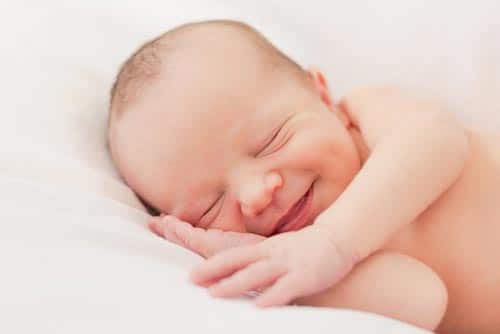
When do babies start smiling as a reaction to something?
So your next obvious question would be, “When will I get to see my baby’s social smile?”. Once your little one’s vision has developed enough to recognise you and focus on your face and eyes, and his or her nervous system has matured enough to create associations, that’s when you will see your baby’s social smile. While I can’t tell you exactly when they start smiling as a reaction to something, I can tell for sure that around the age of 6 months your baby has pretty much decided who he or she likes and who he or she will smile at. So, engage with your baby, always smile, and don’t forget to tickle their bellies to see them giggle.

How can you tell the difference between a reflex smile and a social smile?
While a reflex smile, as mentioned earlier, lasts only for a moment, a social smile is bound to last longer. As long as your baby is in good spirits, you can get him to keep smiling too. You can tell if your baby is smiling on purpose if he or she makes eye contact while smiling. Babies usually wait for a smile or a reaction from you when they smile. Some of the other tells of a social smile are that you can see your baby smiling while awake plus the smile is symmetrical as opposed to lopsided reflex smiles.
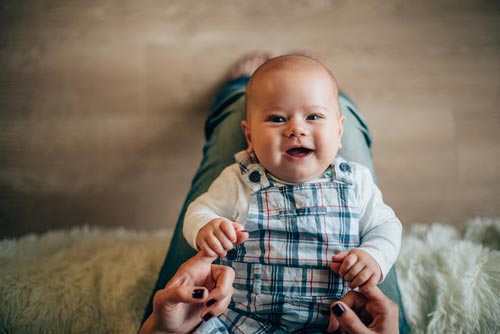
What you should do if your baby doesn’t smile
Smiling is just one of the many ways of communication for babies – such as making eye contact or using vocal expressions, among others. If your baby is doing all this and not smiling as much as you would like him to, cut him some slack. I’m sure he’ll come around to smiling at you just fine in a couple of months’ time. However, if your baby is not making use of any form of communication, you might have to consult a paediatrician. There’s no need to worry though as, sometimes, poor vision could cause a delay in communication.
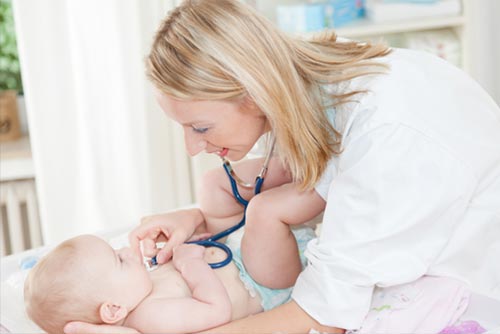
I hope I’ve answered questions you had about reflex smiles of newborn babies. As new moms, it is good to keep an eye on such details and assess your baby’s development pattern.
Let me know if you have any other questions about babies. I’ll try my best to answer them!
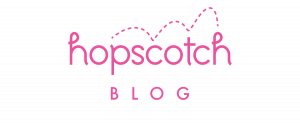


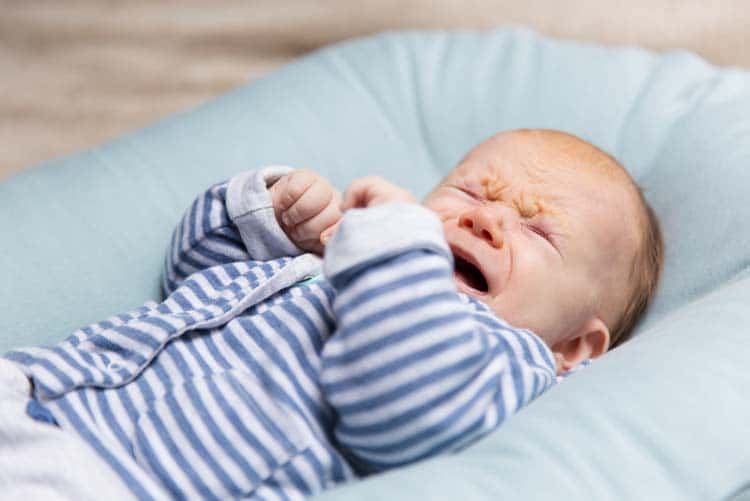
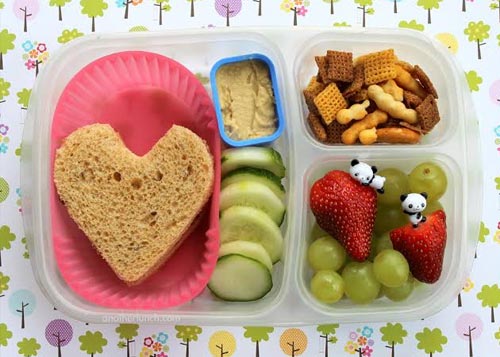

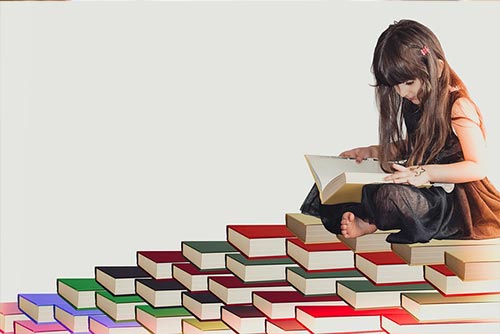
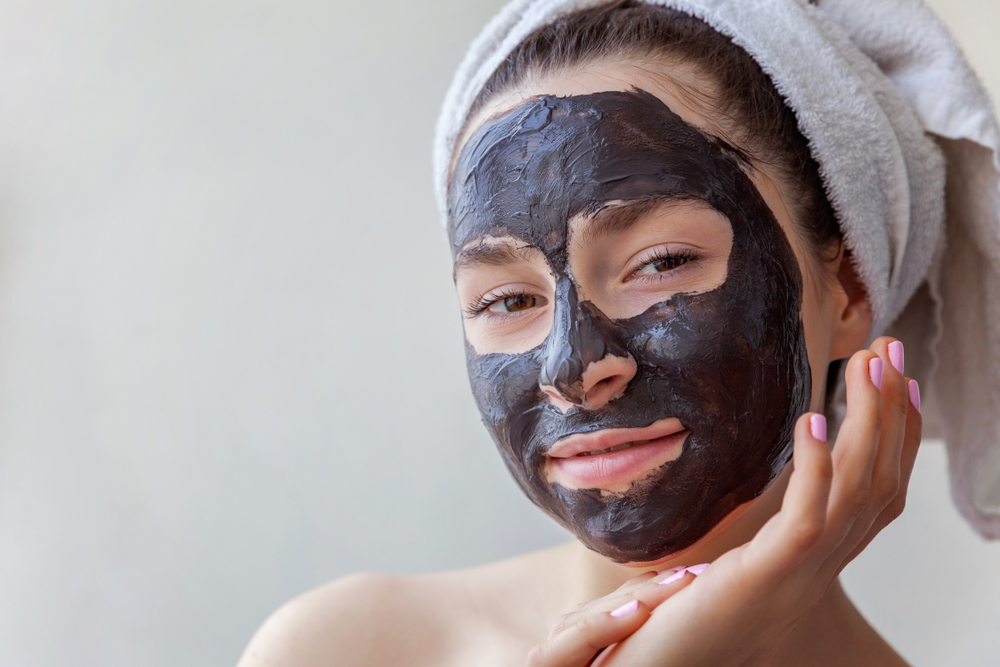
One Response
My one-year-old started smiling when she turned 2 months old! It’s the best feeling 🙂